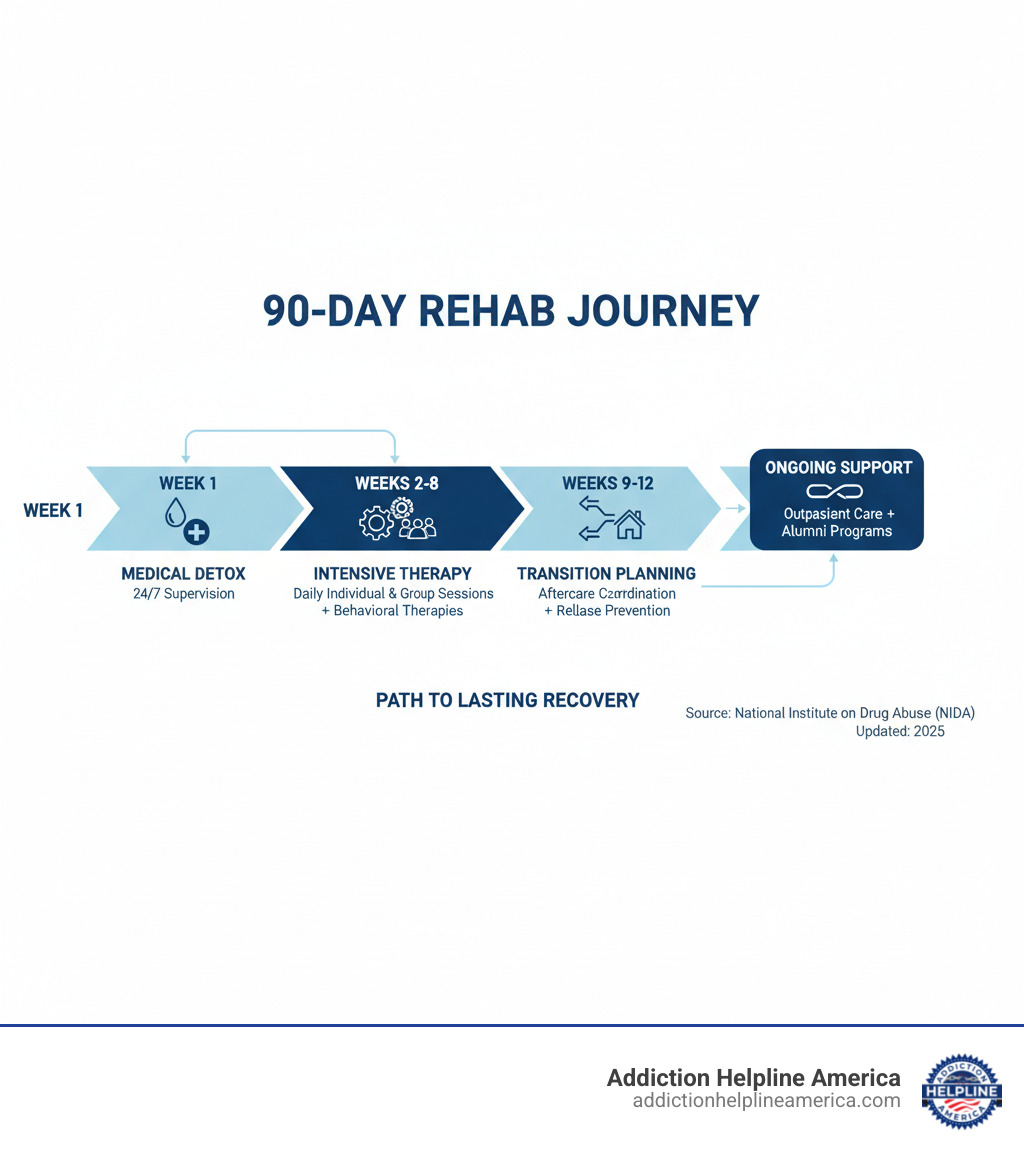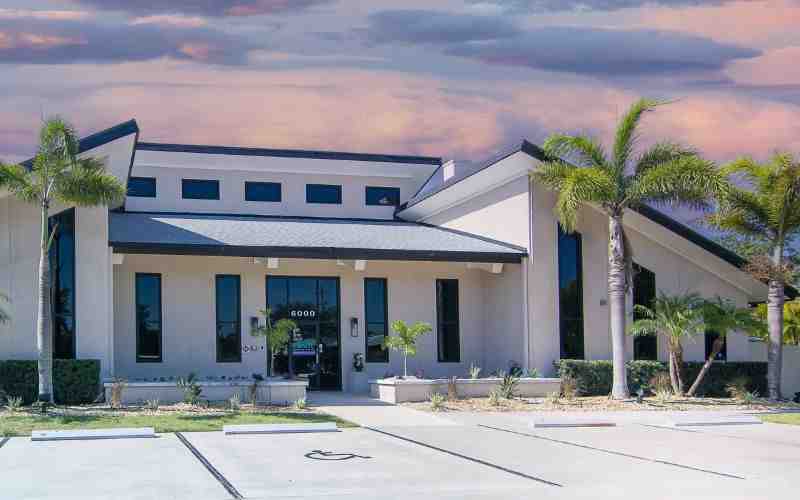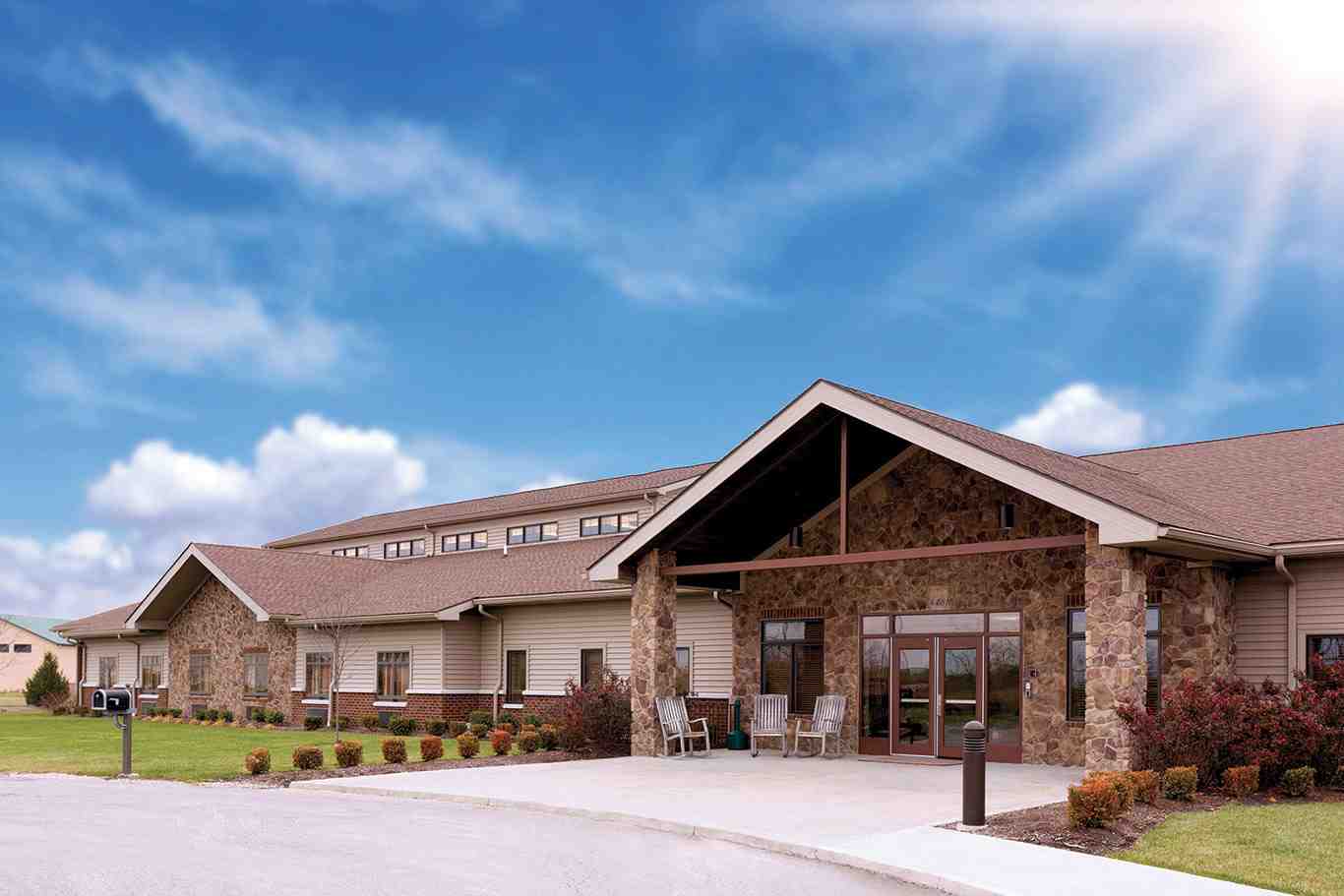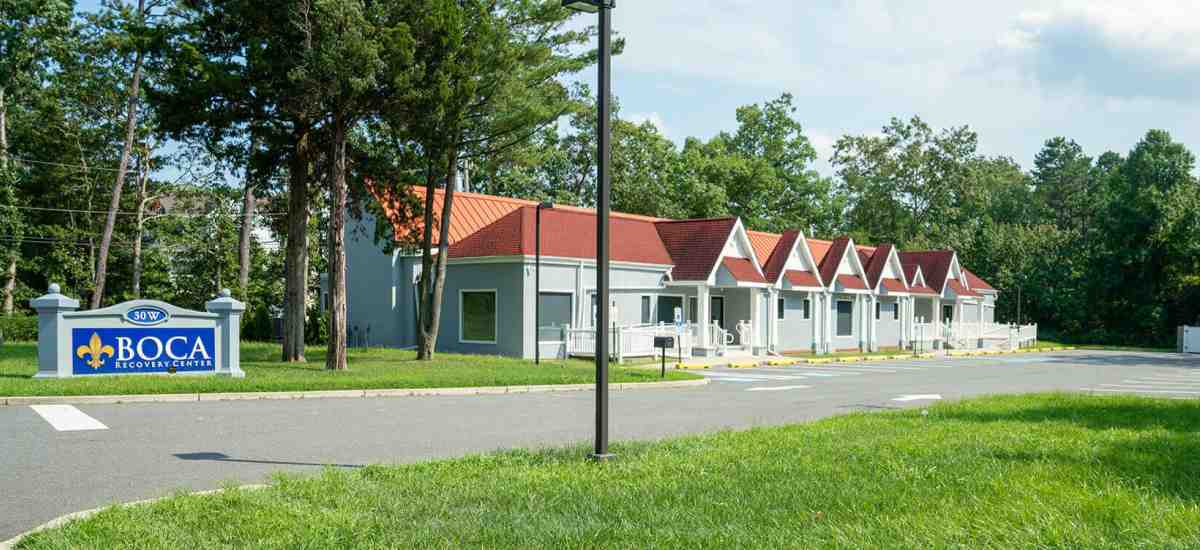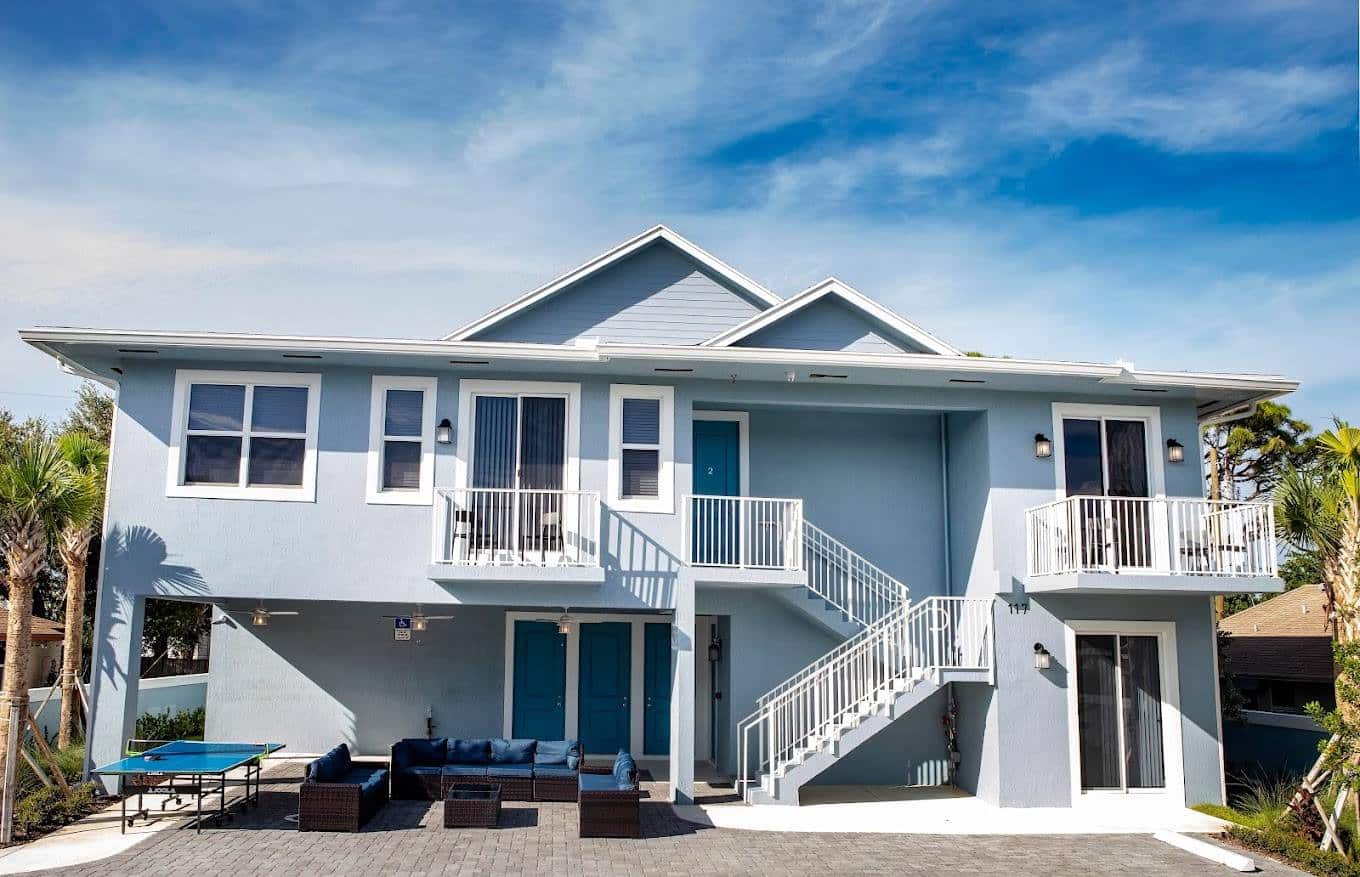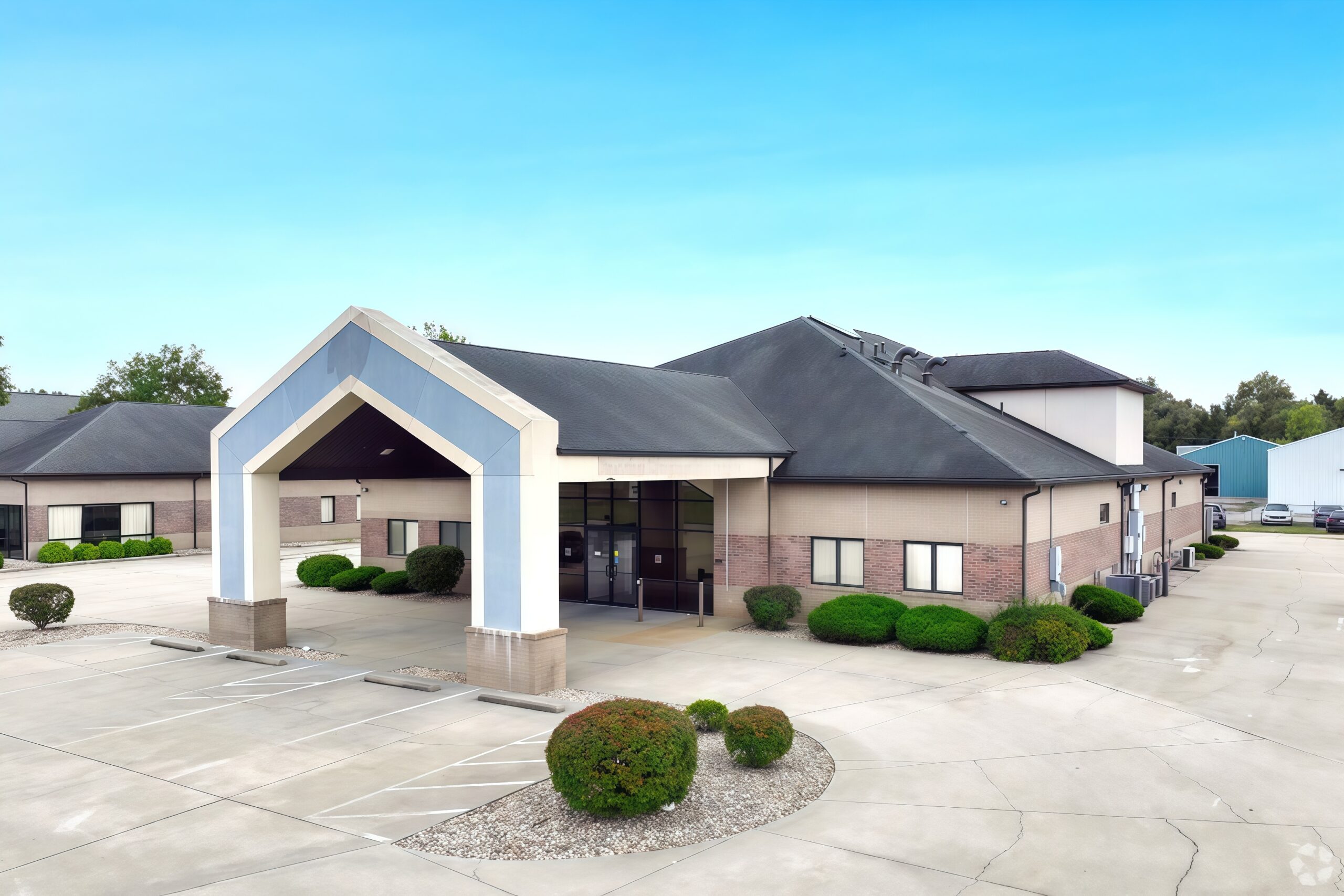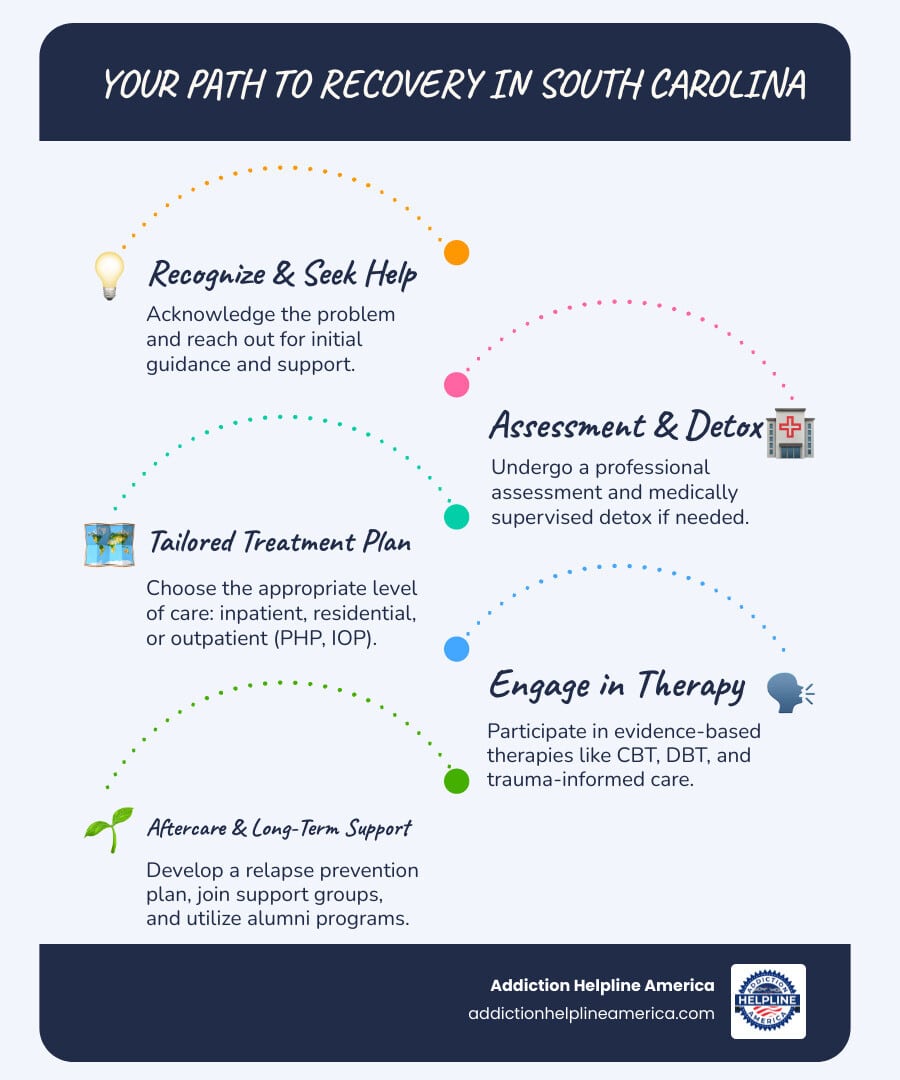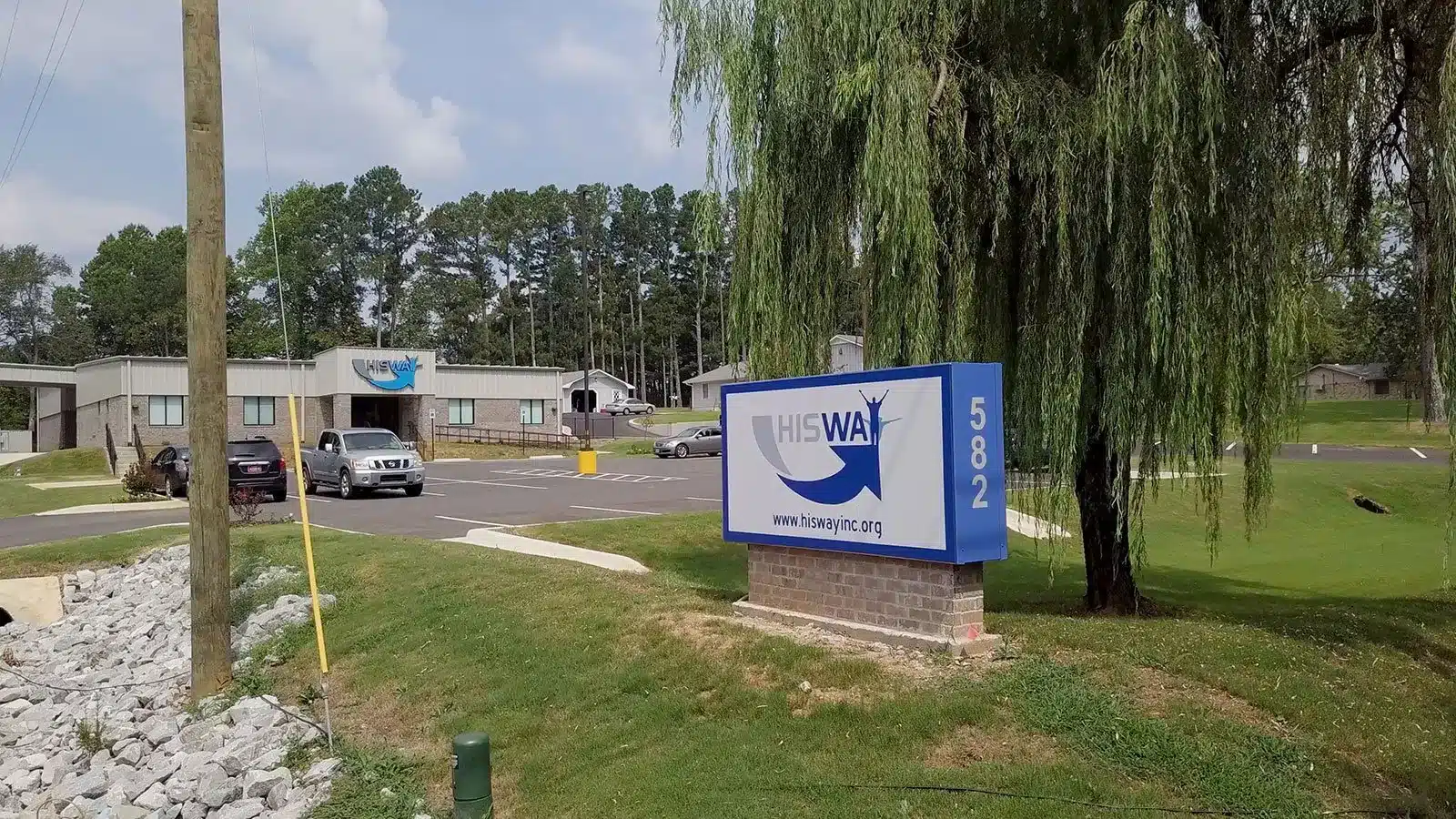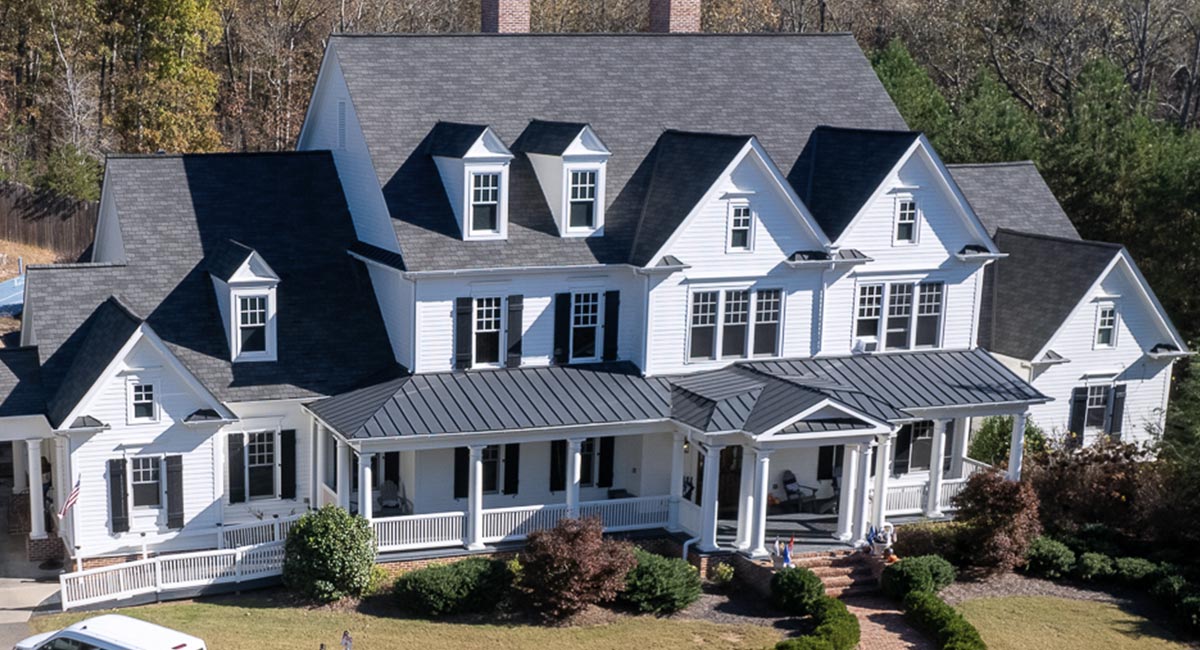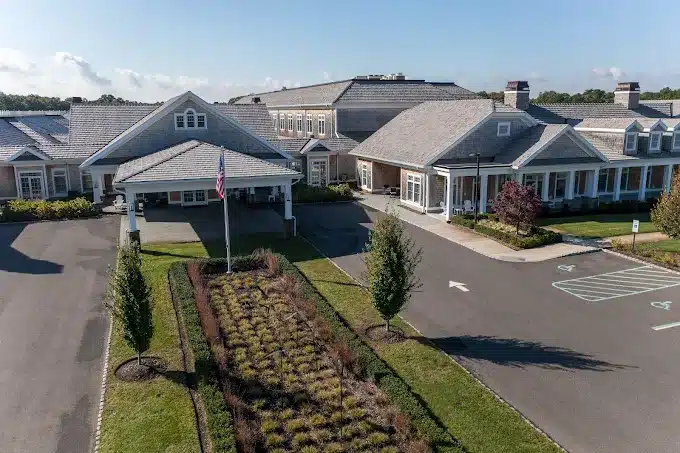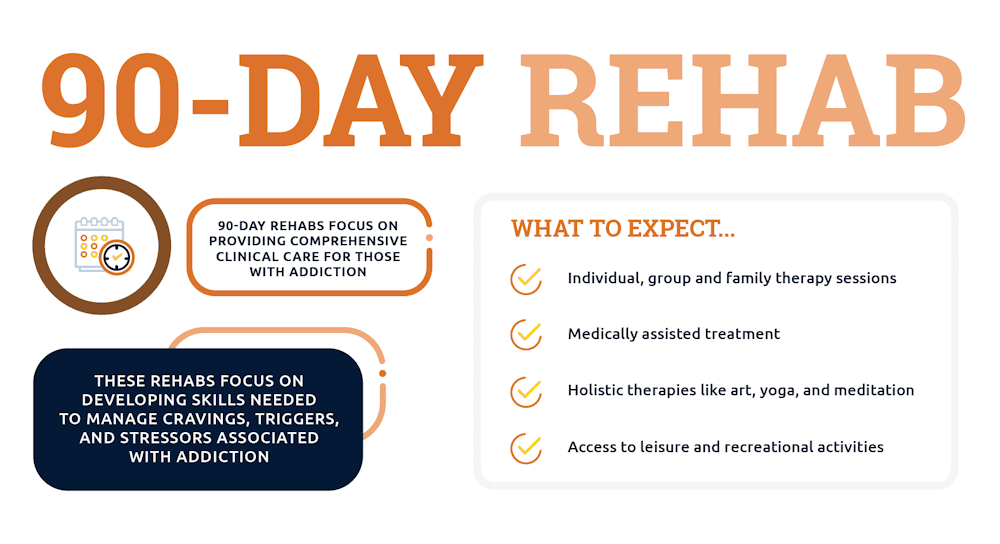
Why 90 Day Rehabs Are the Gold Standard for Lasting Recovery
90 day rehabs are comprehensive addiction treatment programs lasting approximately three months that combine medical detox, intensive therapy, and aftercare planning. Research from the National Institute on Drug Abuse (NIDA) shows that treatment stays of 90 days or longer result in significantly better patient outcomes compared to shorter programs.
Key Facts About 90-Day Rehabs:
- Success Rates: Programs lasting at least 90 days show higher rates of sustained sobriety, with additional treatment reducing relapse risk
- Treatment Components: Medical detox, individual/group therapy, behavioral interventions (CBT, DBT), medication-assisted treatment, and relapse prevention planning
- Cost Range: $12,000 to $60,000 depending on location, amenities, and level of care (inpatient vs. outpatient)
- Best For: Individuals with severe addiction, history of relapse, co-occurring mental health disorders, or unstable home environments
- Insurance Coverage: Most health insurance plans are required to cover behavioral health treatment under the Affordable Care Act
The 2023 National Survey on Drug Use and Health revealed that while 48.5 million Americans had a substance use disorder, over 40 million went without help. The encouraging part is that addiction is a treatable disease, and with the right support, recovery is possible.
While 30-day programs focus on detox and stabilization, 90 day rehabs provide the extended time needed to address the underlying issues of addiction, rewire behavioral patterns, and build essential coping skills. Research consistently shows that at least 3 months in treatment is typically advisable to substantially decrease substance use and reduce relapse risk.
This guide will walk you through everything you need to know about 90 day rehabs. At Addiction Helpline America, we provide compassionate, confidential support to help you find a program that matches your specific needs.
Handy 90 day rehabs terms:
What is a 90-Day Rehab and Who is it For?
A 90-day rehab program is an immersive, structured experience providing care over approximately three months. It gives you the time and support to detox safely, engage in deep therapeutic work, and build a sustainable life in recovery.
Unlike shorter programs focused on immediate stabilization, 90 day rehabs address the underlying psychological, emotional, and social factors fueling substance use. This extended period allows for significant behavioral change in a stable, trigger-free environment. While a 30 Day Inpatient Rehab Hillsborough Guide may suit less severe cases, 90 day rehabs are crucial when addiction has deep roots.
The Research-Backed Benefits of a 90-Day Stay
The benefits of longer treatment are backed by solid research. The NIDA research on effective treatment duration consistently shows that stays of 90 days or longer result in better outcomes and higher rates of sustained sobriety.
A 90-day period provides several key advantages:
- Brain Healing: Addiction rewires neural pathways. Three months gives the brain time to heal and re-establish healthy connections.
- Higher Success Rates: Longer treatment directly correlates with reduced relapse risk and sustained recovery.
- Developing Coping Skills: You learn and practice practical tools for managing stress and regulating emotions until they become second nature.
- In-Depth Relapse Prevention: You have time to identify triggers, develop personalized responses, and build a robust support network.
- Building a Sober Community: The bonds formed with peers and counselors create a vital support system that lasts long after treatment.
- Stable Environment: A trigger-free setting allows you to focus entirely on healing, away from the stresses associated with substance use.
Signs a 90-Day Program is the Right Choice
Certain signs indicate that a 90-day program may be the right choice for you:
- History of Relapse: If you’ve tried shorter programs and relapsed, it suggests more time is needed to address the root causes of addiction.
- Severe Substance Use Disorder (SUD): Long-term, heavy use or serious health consequences require the comprehensive care of a longer program.
- Co-occurring Mental Health Disorders: Conditions like depression, anxiety, or PTSD are often intertwined with addiction. A 90-day program allows for integrated dual diagnosis care, treating both simultaneously. Our Mental Health Rehab: Complete Guide explores this further.
- Unstable Home Environment: If your home is not supportive of recovery, a 90-day residential program provides a stable foundation for healing.
- Need for a Lifestyle Overhaul: Three months provides the time and space to rebuild routines, relationships, and coping mechanisms from the ground up.
If you see yourself in these descriptions, a confidential conversation with Addiction Helpline America about 90 day rehabs could be a crucial step.
The 90-Day Rehab Journey: From Intake to Aftercare
A 90-day rehab program guides you on a transformative journey toward lasting sobriety. Your treatment plan is personalized and adjusted as you heal and grow.
Phase 1: Intake and Medically-Supervised Detox
Your journey begins with an initial assessment where a clinical team learns about your substance use history, health, and recovery goals to create a personalized treatment plan.
The next step is often medically-supervised detox. This phase safely manages withdrawal symptoms, which can be dangerous for substances like alcohol, benzodiazepines, or opioids without 24/7 medical oversight. A clinical team monitors your symptoms and may provide medication to ensure your safety and comfort. Our Treatment Programs: Drug Detox guide offers more detail. Detox prepares your body and mind for the therapeutic work ahead.
Phase 2: Core Therapies and Daily Structure
After detox, you enter the core therapeutic phase, built on structure and evidence-based care. Daily schedules are full, designed to keep you engaged and minimize idle time. Key components include:
- Individual Counseling: One-on-one sessions to explore the root causes of addiction using therapies like Cognitive Behavioral Therapy (CBT) and Dialectical Behavior Therapy (DBT).
- Group Therapy: Provides connection and peer support, breaking the isolation of addiction. You’ll share experiences and practice communication skills in a safe environment.
- Family Therapy: Helps heal relationships, rebuild trust, and establish healthy boundaries. Our Holding an Intervention guide can be a starting point for these conversations.
- Holistic Activities: Many programs integrate yoga, art, and meditation to reduce stress and promote well-being.
- Co-Occurring Disorders Treatment: For those with dual diagnoses, an integrated approach treats addiction and mental health conditions simultaneously. Our Treatment Programs: Co-Occurring Disorders guide explains this effective method.
This combination of therapies addresses the whole person, providing the tools for lasting change.
Phase 3: Aftercare Planning for Lasting Sobriety
Toward the end of your 90 days, the focus shifts to aftercare planning, which studies show aftercare is critical for preventing relapse. Your team will help you create a personalized relapse prevention strategy.
Key elements of aftercare include:
- Transitioning to Lower Levels of Care: Gradually stepping down to an intensive outpatient program (IOP) or partial hospitalization program (PHP). Our Inpatient vs Outpatient Rehab guide explains these options.
- Sober Living Arrangements: These structured, drug-free homes provide accountability and peer support. Our How to Choose Sober Living guide can help you find the right fit.
- Ongoing Support: Continuing with individual counseling, group therapy, and mutual support meetings like AA or NA.
- Alumni Programs: Many rehabs offer alumni networks for mentorship, social events, and continued support.
A solid aftercare plan provides the foundation and tools to build a sober life after treatment.
How to Choose and Pay for 90 Day Rehabs
Choosing the right 90-day rehab can feel overwhelming, but you don’t have to do it alone. Finding the best fit means considering factors like therapies offered, environment, and staff experience. Our How to Find the Right Rehab Center guide can help. At Addiction Helpline America, we assist people in finding a program that addresses their unique situation.
Understanding the Costs of 90 day rehabs
Treatment costs can be intimidating, but understanding the factors helps. The cost of 90 day rehabs is influenced by:
- Inpatient vs. Outpatient Care: Residential programs cost more due to 24/7 care, housing, and meals. Our Inpatient vs Outpatient Rehab guide details the differences.
- Location and Amenities: Luxury facilities cost more than basic programs. The right choice depends on what environment best supports your healing.
- Level of Specialized Care: Programs with dual diagnosis treatment or highly specialized staff may have higher costs.
According to the National Center for Drug Abuse Statistics on rehab costs, 90-day programs can range from $12,000 to $60,000. While a significant investment, it’s an investment in your life. Many facilities offer payment plans and financing options to make treatment more accessible.
Using Insurance and Other Financial Resources
Finances shouldn’t be a roadblock to rehab. Several resources can help:
- Insurance Benefits: Verifying your insurance is the first step. The Affordable Care Act requires most plans to cover behavioral health treatment. A rehab’s admissions team can often verify benefits for you. Our Insurance That Covers Rehab guide offers more information.
- Medicaid: For those with limited income, Medicaid can cover a substantial portion of treatment costs. Eligibility and coverage vary by state. Our Medicaid Alcohol Rehab: Complete Guide provides state-specific details.
- Free or Low-Cost Programs: Non-profits, community health centers, and state-funded facilities offer quality care on a sliding scale or for free. Explore these options in our Free Alcohol Rehab Guide.
Success Rates and Why 90 day rehabs Are Effective
Defining treatment success isn’t about never relapsing. Recovery is an ongoing journey, and relapse is often part of the process, signaling a need to adjust the recovery plan. Our Addiction Treatment Success Rates article explores this concept further.
What is certain, based on NIDA findings on treatment duration, is that treatment stays of 90 days or longer result in significantly better patient outcomes and higher rates of sustained sobriety.
The value of a 3-month commitment lies in neuroplasticity—the brain’s ability to rewire itself. Addiction creates deep neural pathways that take time to change. Ninety days provides a critical window for the brain to form new, healthy connections and habits.
A 90-day rehab provides the necessary time to address root causes, build coping skills, and develop support systems, all of which are crucial for long-term success.
Frequently Asked Questions about 90-Day Rehab
Are 90-day rehab programs only for inpatient care?
No, 90 day rehabs are not exclusively inpatient. While residential care is common for severe addiction, programs can be structured in different ways. Options include intensive outpatient programs (IOP), partial hospitalization (PHP), or a hybrid model that steps down from inpatient to outpatient care. This flexibility allows treatment to be custom to clinical needs and personal circumstances.
How do 90-day programs handle co-occurring mental health disorders?
Quality 90 day rehabs use an integrated treatment approach for co-occurring disorders. They recognize that addiction and mental health conditions like depression or anxiety are deeply intertwined. A multidisciplinary team works together to treat both issues simultaneously. This dual diagnosis care is essential for addressing root causes and treating the whole person. Our Mental Health Rehab: Complete Guide and Treatment Programs: Co-Occurring Disorders resources offer more insight.
What types of therapies are used in a 90-day program?
90 day rehabs use a comprehensive mix of therapies, and the extended timeframe allows you to practice and internalize these skills. Common therapies include:
- Evidence-Based Therapies: Cognitive Behavioral Therapy (CBT) to change negative thought patterns, Dialectical Behavior Therapy (DBT) for emotional regulation, and Motivational Interviewing.
- Counseling: Individual, group, and family therapy to address personal issues, provide peer support, and heal relationships.
- Medication-Assisted Treatment (MAT): When appropriate, FDA-approved medications are used with therapy to manage cravings and withdrawal.
- Holistic Therapies: Practices like mindfulness, yoga, and art therapy are used to reduce stress and improve overall well-being.
Take the First Step Toward Lasting Recovery
Seeking information is an important first step toward change. We know that 90 day rehabs work. Research and the stories of thousands of graduates prove that lasting sobriety is achievable. A three-month commitment provides the time to heal, process, and rebuild your life. It’s an investment in your future—choosing hope, healing, and life.
Recovery isn’t always a straight line, but a 90-day rehab program provides the foundation, coping skills, and support network to keep moving forward.
At Addiction Helpline America, we understand this process is overwhelming. Whether you’re worried about cost, co-occurring disorders, or program type, we can help. Our team provides free, confidential guidance to find a program that fits your unique needs and insurance. We work for you, with the sole goal of connecting you to the best possible care.
You don’t have to do this alone. Explore your treatment options today and let us help you take that crucial first step toward recovery.
Our helpline is 100%
free & confidential
If you or someone you care about is struggling with drug or alcohol addiction, we can help you explore your recovery options. Don’t face this challenge alone—seek support from us.
Programs
Resources
Will my insurance
cover addiction
treatment?
We're ready to help
Find the best
drug or alcohol treatment
center
Are you or a loved one struggling with addiction? Call today to speak to a treatment expert.

